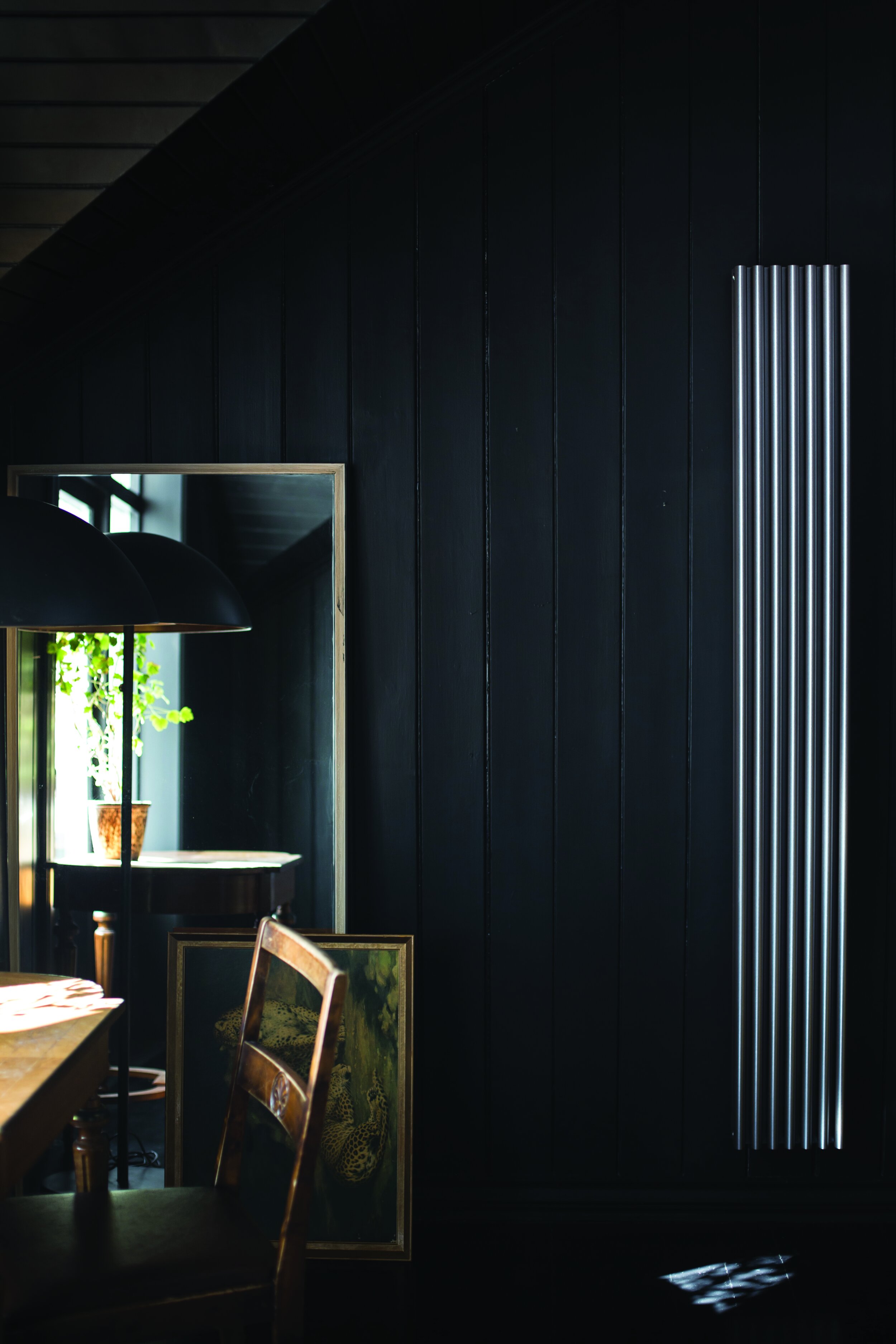
Radiator Balancing
Balancing may be necessary any time radiators are fitted in an existing system or upon the installation of an entire heating system. If a system is not properly balanced it will result in one or more radiators not heating up properly, or not heating up at all.
A basic explanation of what balancing involves is helped by an understanding of the way water behaves when flowing through any pipe-work system and what is meant by pressure drop.
Pressure Drop – this describes the effect of friction on the water flowing through pipes – the resistance to the flow of the water. This resistance is increased by twists and turns and will be higher in a smaller diameter pipe than it will be in a larger one. It’s also increased every time the water flows from a pipe of one diameter to a pipe of a different diameter or through a valve. Pressure drop is measured in Bar or PSI and essentially the water pump has to generate enough pressure to overcome the total pressure drop (can also be called pressure loss) in the system. Every radiator will have a different pressure drop. Combine this with the fact that the pipes flowing to and from each radiator will be of different lengths and take straighter or more circuitous routes and you’ll see that the water will have to work harder to flow around some radiators in your system than others.
Lazy water – the water flowing around your system is essentially lazy. It will follow the path of least resistance. If radiator A and its associated pipe-work has a lower pressure drop than radiator B, then more of the water will flow to radiator A. If the pressure drop through radiator B and its pipes are much higher than radiator A then it won’t bother going through radiator B at all.
Balancing is the name for the procedure that ensures that each radiator in the system has a roughly equal pressure drop and is done by using the lockshield valve on the return side of the radiator (the downstream side).
Valves - The lockshield valve is on the other end of the thermostatic valve and usually requires a screwdriver, spanner or Allen key to operate it, although sometimes they can be turned by hand. If thermostatic valves (TRVs) are not being used, i.e. your valves are manual on/off valves then use the valve on the return side of the radiator (if in doubt as to which this is check with your plumber – it will be the cooler of the two pipes if you can feel a difference, or the pipe which heats up last when the heating is first switched on).
In principle, balancing involves using the lockshield valve to restrict the flow of water (thereby increasing the pressure drop) through those radiators that have a lower pressure drop while leaving the lockshield valve open on those radiators with a higher pressure drop to make it as hard for the water to flow through radiator A as it is through radiators B, C, D, etc.
In practice, it can mean tightening (clockwise) or loosening (anticlockwise) each valve a little at a time until the pressure drop at each of the radiators is equal – balanced.
Radiator Thermometers – the job of balancing a system is made much easier with the use of radiator thermometers – these measure the temperature drop across the radiator and allow you to ensure that there is an equal temperature drop across each radiator, meaning that each radiator is receiving the required flow of water. This temperature drop will usually be something between 10ºC and 20ºC depending on your system – if in doubt go for 12ºC – the key is to ensure that the temperature drop is the same across each rad.
Balancing Procedure
1. Before you start balancing it's important to make sure that the radiators have been vented (bled) properly so that all the air in the radiators is removed – if in doubt see Eskimo technical help “venting procedure”.
2. Start by switching off the system and letting the water cool down.
3. Remove any cover from the lockshield valve(s) and find the appropriate tool(s) for adjusting it (them).
4. Open both the lockshield valve and thermostatic valve (or the other manual valve - normally positioned at the opposite end of the radiator) on ALL radiators.
5. With all the radiator valves now fully open, switch on the central heating system - if all the radiators become similarly hot in a similar time there is nothing to do and your radiator balancing is completed. If not, and "not" is usually the case, then follow the procedure below: If not using radiator thermometers
6. Allow the system to cool down, then with all valves still fully open – switch it on again. Find the radiators which get the hottest quickest and restrict the flow through them by turning down the lockshield valves (clockwise). There is no fixed order in which to restrict radiator valves except to do the hotter radiators first. This pushes more flow through the remaining radiators. Work out how many turns it takes to fully close the lockshield valve and then return it to about 50 or 60% closed (i.e. if it takes 5 turns to close it fully, turn it 2.5 or 3 turns).
7. Having restricted the return valves on the hottest radiators by 50% or 60% to start with, wait to see what happens. Cooler radiators will start to get hotter. Some previously cool radiators may get fully hot. If some are still cool go round again, restricting all the hotter radiators by turning down the lockshield valve (clockwise again), some which were restricted before should be closed down even more (always on the lockshield end) and some which weren't restricted first time round are restricted this time because they are now hot. Again wait to see what effect this has and again, if necessary, further restrict the hotter radiators. Continue until all of the radiators are roughly equally hot and have roughly the same temperature drop across the pipes. If using radiator thermometers
8. Fit the radiator thermometers to the INLET and OUTLET pipes of the nearest radiator to the boiler. DO NOT fit them to the main flow and return pipes.
9. Switch on the central heating system.
10. Close the lockshield valve on the first radiator to almost closed, as the temperature of the systems comes up, gradually open up the valve until the temperature difference between the two thermometers is about 12°C.
11. Move the thermometers to the next radiator away from the boiler. Close down the lockshield valve and adjust it until the temperature difference increases to about 12°C (the temperature difference will probably start at less than 12 degrees with both valves fully open).
12. Work along the rest of the radiators until they have all been balanced.

